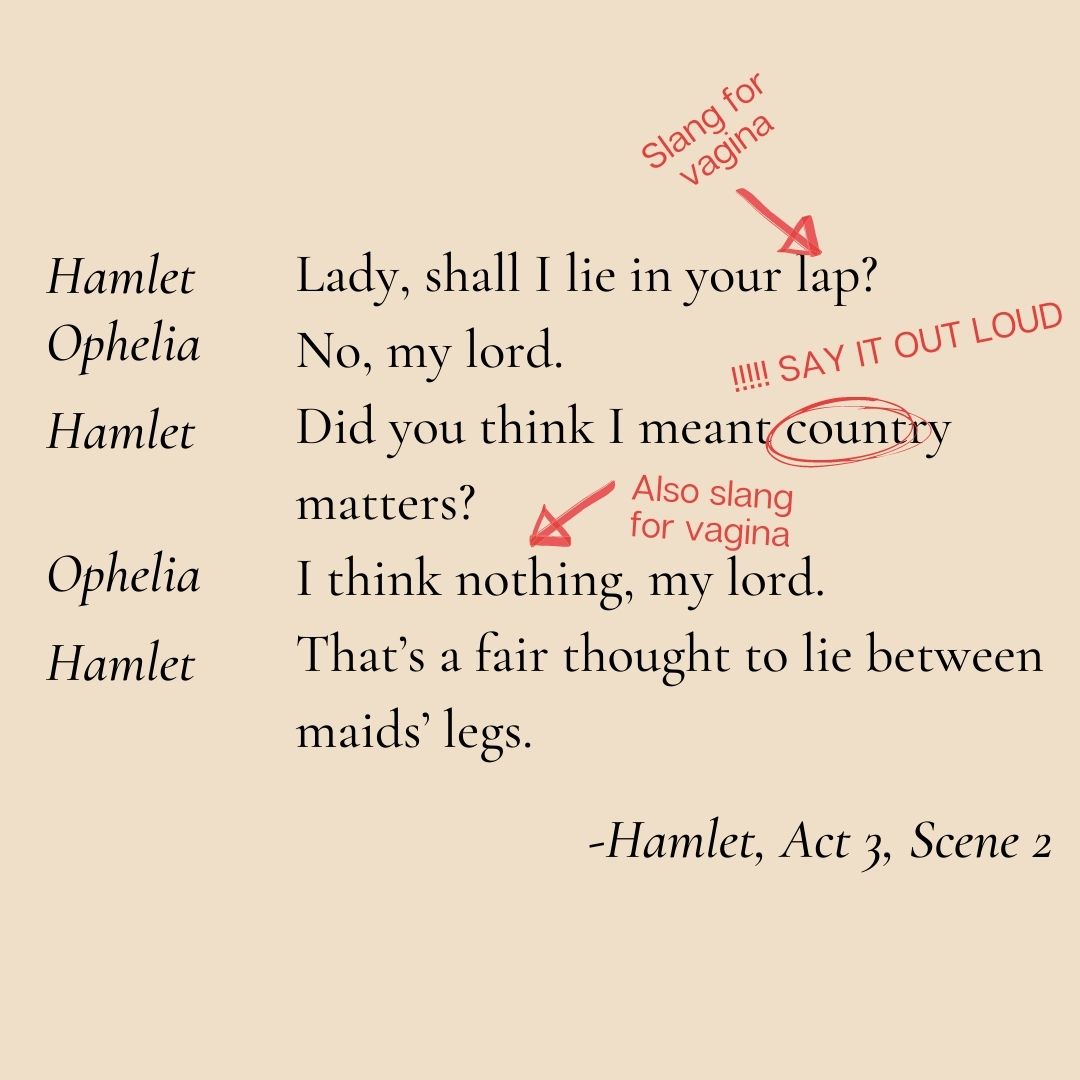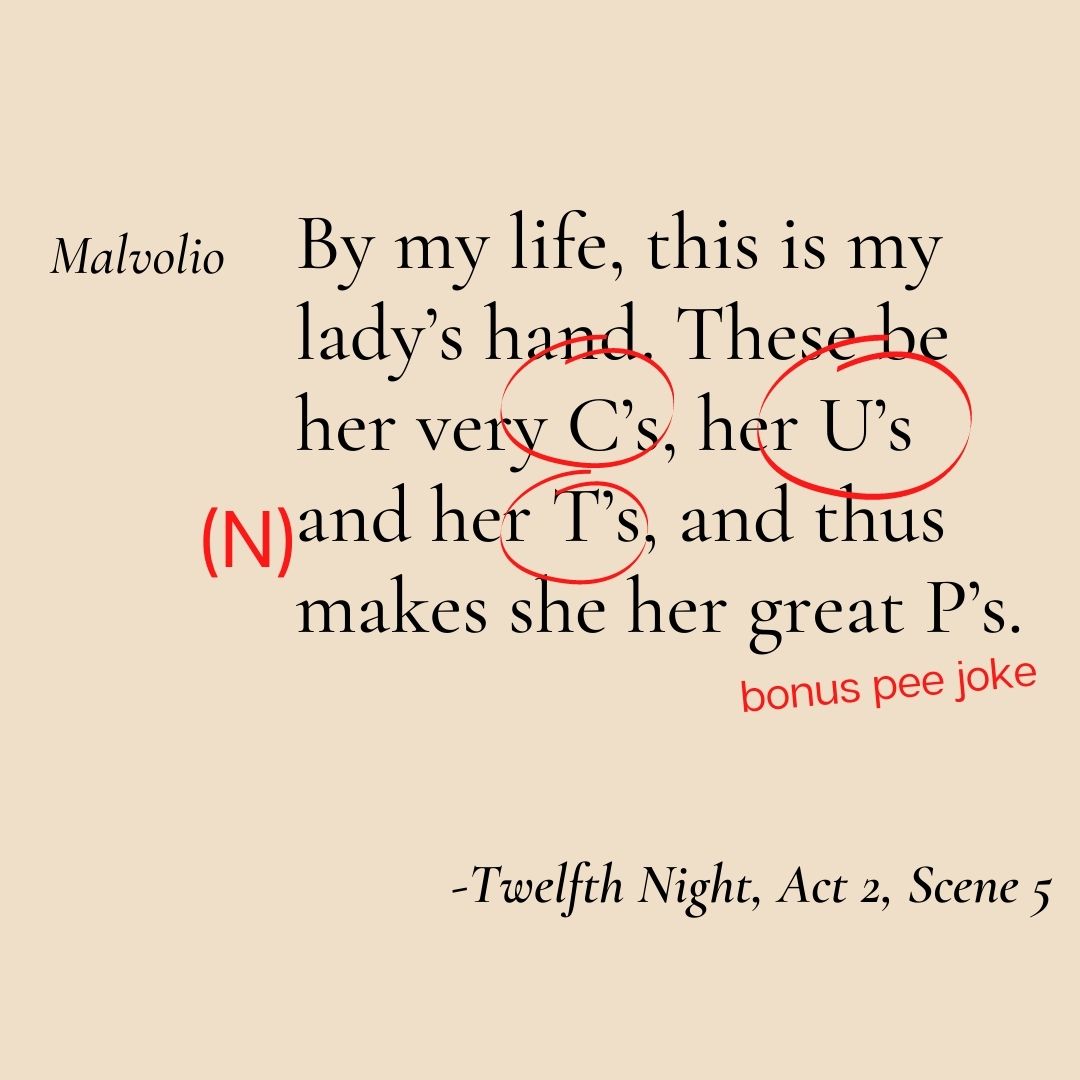
The word of the day is "mittelschmerz". Literally "middle pain", it's a feeling of pain when you ovulate. It happens about 14 days before your period, and about 20% of people report it happening occasionally or usually.
Mittelschmerz is felt in your lower abdomen as a sharp twinge or dull cramp. In some people it only lasts a minute, while others might feel it for a day or two. Sometimes you'll be able to notice which ovary it's coming from, as the pain will be towards one side.
It's usually not severely painful - if ovulation is very painful for you, see a doctor as it might be a symptom of endometriosis, or scarring from surgery or an STI.
Mittelschmerz might happen for several different reasons. It could be a result of the egg bursting through the walls of the ovaries, the fallopian tube contracting, irritation in the area, or swelling of follicles before they mature into an egg.
Experiencing mittelschmerz is normal, as is NOT experiencing mittelschmerz. Whether or not you feel yourself ovulating has no bearing on fertility, although if you do experience mittelschmerz it can be helpful if you're trying to get pregnant, as an indicator of ovulation.
However, mittelschmerz definitely can't tell you when you're unlikely to get pregnant, because sperm can live in your reproductive tract for several days, and lots of other things going on in your abdomen can feel like mittelschmerz!
If you think you might be experiencing mittelschmerz, keep a diary of your cycle - that will help you know when to expect it!
• • •
Missing some Tweet in this thread? You can try to
force a refresh









